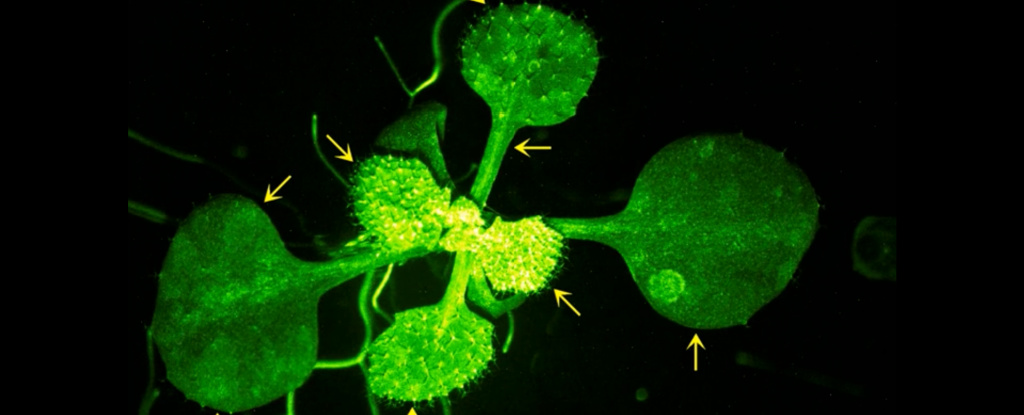Microplastics, present in our food, water, and air, are being tackled by scientists globally. A simple and effective solution for purifying drinking water has been discovered, likely already available in your kitchen.
Unveiling an Effortless Method to Reduce Microplastic Contamination
Recent research published in the journal Environmental Science & Technology Letters has unveiled a remarkably easy yet effective method for reducing microplastic contamination in drinking water: boiling and filtering. Similar to brewing a cup of tea, this method has the potential to greatly reduce our exposure to microplastic particles.
Unlocking Clean Water Secrets:
The study focused on nano- and microplastics (NMPs), which are even smaller than the width of a human hair and have been increasingly found in various environmental samples, including drinking water. While the long-term health effects of NMPs remain under investigation, their presence raises concerns, prompting researchers to explore solutions.
The research team discovered that boiling tap water, particularly water rich in calcium, can significantly reduce NMPs. The boiling process triggers the formation of calcium carbonate, which clumps together and encapsulates NMPs within these clusters. These larger particles can then be easily removed through simple filtration methods like a coffee filter.
The findings suggest that boiling can eliminate up to 90% of NMPs in hard water, while still offering a 25% reduction in softer water. This simple technique offers a practical and accessible approach for individuals to lessen their potential intake of NMPs from drinking water, regardless of their location or access to advanced filtration systems.
It is important to note that boiling water, while effective in reducing NMPs, may not be a universally adopted practice in all regions. However, this research offers a valuable and readily implementable solution for those seeking to minimize their exposure to these potential contaminants in their drinking water.







